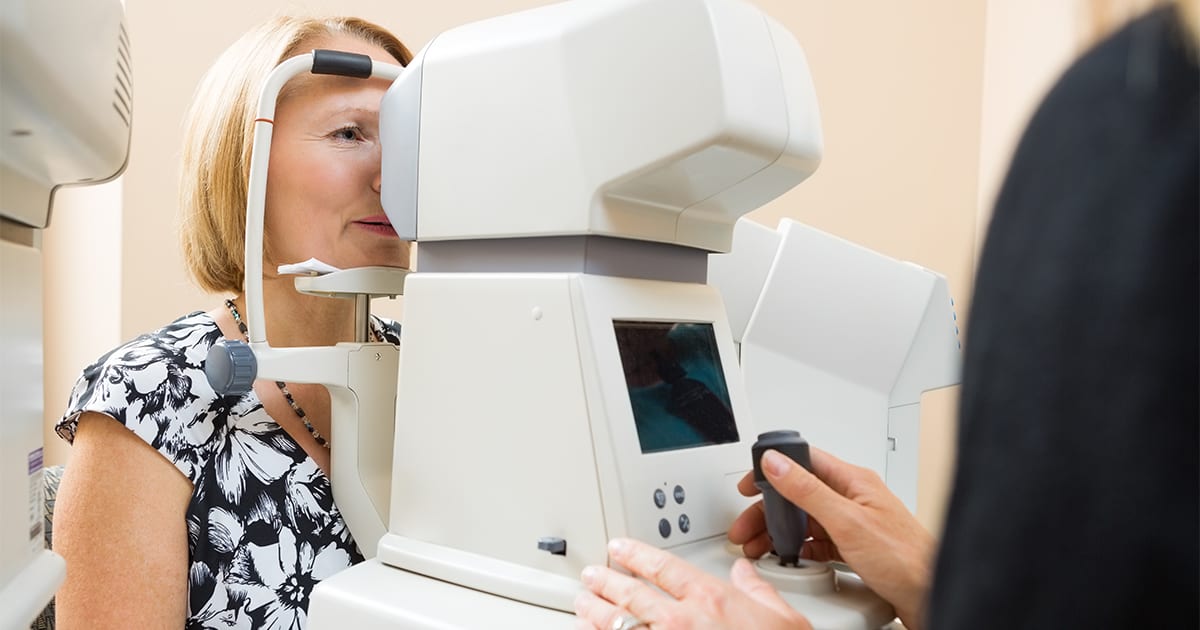Medical & Pharma
Early diagnosis and treatment is crucial to avoid Glaucoma vision loss

Globally, Glaucoma is the 2nd most known cause for permanent blindness. It is estimated that about 78 million people, throughout the world go blind due to glaucoma. In India, this eye disease affects about 12million people. Out of which around 90% of the cases are detected at the very last stage, making this the silent blinding disease.
Glaucoma is referred to a set of eye conditions that damage the optic nerve, due to abnormal high pressure in the eye. The normal intraocular pressure is vital for maintaining the nutrition level and good health of eye.
Glaucoma is of different types and not all types of Glaucoma displays noticeable warning signs. The effect is usually gradual and only comes under notice when the condition is advanced.
Some of the risk factors for glaucoma are:
- Family history of glaucoma
- Some medications and steroids
- Prolong exposure to screens (Mobile phones and Laptops)
- Eye injuries
- Thinner corneas
- High blood pressure, heart disease, diabetes, or sickle cell anemia
- Myopia
- Frequent change of glasses
- Over the age of 40 years
Earlier, it was thought that increase in the intraocular pressure causes Glaucoma. But the definition of glaucoma has also been revised over time. Rather than an eye condition, it is looked at as neuropathy of the optic nerve. Glaucoma can occur in normal intraocular pressure; this is because of the loss or shortage of blood supply to the optic nerve head. There are about millions of individual nerve fibers that make up an optic nerve, which sends visual signals. When the fluid pressure increases the nerve fibers get affected leading to loss of vision.
When it comes to diabetic people, genetically these patients are more prone to open angle glaucoma. Advanced diabetic retinopathy is a condition that can lead to secondary glaucoma. Which makes regular eye check-ups important for diabetic patients.
Depending on the way the fluid builds pressure, Glaucoma is of two types:
- Acute angle closure Glaucoma: This is an ophthalmic emergency, where the angle of the cornea and iris is narrow, occludable. The narrow angle causes blockage of the drainage of fluids leading to very high pressure in the eye. This type of Glaucoma can be very painful.
- Open angle Glaucoma: It occurs when the angle remains open leading to gradual increase in the eye pressure. In this type of Glaucoma, the angle between iris and cornea is normal. As this condition comes with no symptoms, it makes it difficult to diagnosis this type of Glaucoma.
Required tests for glaucoma:
The damage to the optic nerve caused due to Glaucoma can lead to permanent vision loss. Therefore, early diagnosis and treatment is very important for open-angle Glaucoma. People at risk should opt for regular eye investigations. A comprehensive eye examination such as Tonometry, Gonioscopy, Visual field perimetry, OCT (Optical Coherence Tomography), Pachymetry and Fundus photography is essential.
Treatment:
Glaucoma is a treatable disease and the condition can be controlled through
- Medical treatment, prolong use of eye drops
- Laser treatment- Peripheral Iridotomy and trabeculoplasty
- And through other surgical procedures like trabeculectomy
Glaucoma Prevention
Glaucoma cannot be entirely prevented but with early diagnosis the damage to the eye and the vision can be controlled, for which few measures like:
- Regular eye exams
- Balanced blood pressure
- Avoid smoking
- Limit caffeine intake.
- Know your family history
- Exercise regularly even if moderate
- Use protective eyewear especially during sports or working around home improvement projects
Around half of the population dealing with vision issues are unaware of the fact that they might develop Glaucoma. The only way to protect oneself from permanent vision loss is through compulsory eye examinations.
Contributed by Dr. Ajanta Chakravarty, Consultant Ophthalmology, Columbia Asia Hospital Whitefield




























